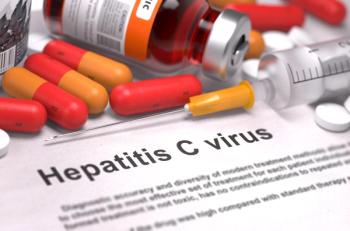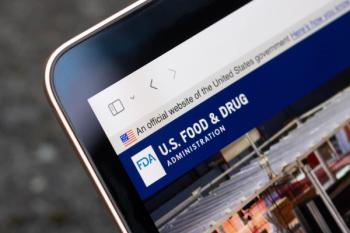
Study: Women, Men Experience Different Forms of HIV-Related Stigma
Women with HIV reported higher rates of physical abuse than men with HIV, but women had more social support from family and friends.
Men and women with HIV may experience different kinds of stigma related to the disease, according to findings from a qualitative study of people living with HIV (PLWHIV) in the Dominican Republic (DR). The study, published in the journal PLoS ONE, included interviews with men and women living with HIV (MLHIV and WLHIV, respectively) to allow investigators to better understand participants’ experiences, anticipated and internalized HIV-related stigma, and the social support provided to the different genders.
“When I got [the diagnosis]…I didn’t eat, I didn’t do anything. I lived shut in…People who I knew who I told, didn’t believe me…they’d get away from me…I would go to sleep drinking, smoking, I was destroying myself. I was destroying myself. I would say, well…since I am going to die,” one of the participants said in her interview published in the article.
Between May and September 2017, the team conducted 32 interviews with PLWHIV asking indirect questions about stigma, discrimination, shared physical and mental struggles, experiences with HIV diagnosis, social support or relationship changes, and moments they were victim to any type of violence. Interviewees provided socio-demographic data (gender, age, nationality, income, etc.) that investigators could use as comparison.
The most common form of experienced stigma was job discrimination. The disease impacted the ability to hold a job, get a new job, have a consistent income, or interact with colleagues without them fearing disease contraction. The study authors shared testimony from a participant who dealt with experienced stigma related to his job.
“[It is] perhaps, because whoever wants to pay me for a job says, ‘well, that man has HIV, if I give him a job and he cuts himself, now we have a problem’ and so on and so forth, because there are people who believe that even with sweat [HIV is transmitted]…you see?” the participant said in his interview published in the paper.
Women may be more vulnerable to job discrimination because they perform more jobs that require contact with others (i.e., domestic work). In addition, both men and women dealt with experienced stigma in the form of abuse; however, WLHIV—already marginalized due to class and gender—received more stigma and discrimination in the form of physical violence. This can limit her access to HIV testing and treatment.
Many PLWHIV would not apply to jobs requiring HIV testing, making it one of the most common forms of anticipated stigma, and although HIV testing is illegal in the DR workplace, some companies require it anyways. It is important that health campaigns target anticipated stigma, especially experienced by WLHIV, because this stigma type makes the patient fearful of getting tested or seeking care, according to the study authors.
Further, the investigators reported on many incidences of internalized stigma, which include feelings of shame and guilt or mental health illness, such as depression or suicidality. Both genders experienced traumas, but men were less expressive about negative feelings. Further, women could experience more internalized stigma because her partner or another man is more likely to blame her if he contracts the immunological condition.
The findings work to highlight an intersection between social, political, and economic conditions leading to HIV-related stigma. It further showed that multiple sources of social support allowed participants to cope with the varying forms of stigma.
Most of the support offered to participants was informal, be it family, friends, or community organizations (i.e., church). However, MLHIV distinctly did not share HIV status as often, which led them to turn to more formal organizations for support, which includes the likes of health and government institutions.
Limitations of the study included that it provided experiences that may not reflect the experiences of PLWHIV who are not as engaged in care. The findings are also not generalizable to all geographical regions in the DR, nor are they generalizable to other gender identities. Finally, sexual orientation was not considered, and men were less emotionally vulnerable, so stigma may be undervalued.
Investigators suggest multiple interventions to quell stigma. For instance, large scale education and health promotion campaigns can improve understanding of HIV to prevent disease spread and transmission and promote current treatment options. Campaigns for WLHIV should discuss higher rates of physical violence, including sexual assault and intimate partner violence, according to the study authors. These campaigns should educate people about identifying violence and advertise available support systems.
“These initiatives may lend HIV more visibility and promote widespread awareness, normalizing and destigmatizing HIV and PLHIV, an effort that may reduce the impact of stigma and improve both HIV-related health outcomes and the overall quality of life of PLHIV,” the study authors concluded.
Reference
Celeste-Villalvir A, Payan DD, Armenta G, et al. Exploring gender differences in HIV-related stigma and social support in a low-resource setting: A qualitative study in the Dominican Republic. PLoS ONE 18(8):2023. DOI: 10.1371/journal.pone.0290228.
Newsletter
Stay informed on drug updates, treatment guidelines, and pharmacy practice trends—subscribe to Pharmacy Times for weekly clinical insights.




















































































































































































































